Written by Nora Berrah:
 Debadarshini (Jolly) Mishra successfully defended her PhD thesis in May 2024 in Atomic, Molecular and Optical Physics. Jolly gave several presentations at national and international conferences and is the co-author of 8 publications. She is now a postdoc at Lawrence Berkeley National Lab and was hired before her thesis defense to contribute her research and learn new research techniques.
Debadarshini (Jolly) Mishra successfully defended her PhD thesis in May 2024 in Atomic, Molecular and Optical Physics. Jolly gave several presentations at national and international conferences and is the co-author of 8 publications. She is now a postdoc at Lawrence Berkeley National Lab and was hired before her thesis defense to contribute her research and learn new research techniques.
Her PhD thesis, entitled “Photo-induced ultrafast dynamics and non-linear processes in molecules” consisted at understanding the dynamics of various photo-induced physical and chemical processes in molecules, which is fundamental to physics, chemistry, and biology. The studied dynamics occur on the femtosecond time scales and are observable using ultrafast tools like ultrashort laser pulses that can be generated using our tabletop laser as well as using Free Electron Lasers (FELs) at national and international facilities as well as using an Ultrafast Electron Diffraction (UED) facility at SLAC National laboratory. Her thesis work systematically studied photo-induced processes using different laser wavelength and probing the molecular transformation using a powerful experimental technique, revealing new physics and offering insights into potential future control of the measured phenomena. Several molecules were studied such as 1 and 2-propanol, acetonitrile and C60. She used our pump-probe spectroscopy method combined with coincident Coulomb explosion imaging technique using our COLTRIMS instrument, to track and isolate the mechanisms leading to multi-body molecular dissociation. She identified, with our group members, a novel, elusive channel in acetonitrile indicative of H2/D2 roaming, published in Nature communication (Debadarshini Mishra*, Aaron C. LaForge*, Lauren M. Gorman, Sergio Diaz-Tendero, Fernando Martin, and Nora Berrah “Direct visualization of an elusive molecular reaction: Time-resolved H2 roaming in acetonitrile” (Nature communication in press). This work was supported by quantum chemistry calculations by our Madrid, Spain collaborators.
She also studied, with our group members, the energy redistribution dynamics in fullerenes irradiated with intense XUV radiation, using the FLASH FEL from Hamburg, Germany, By analyzing the kinetic energy spectra of ionic fragments from C60 molecules, we observed a transient nanoplasma state, which plays a critical role in energy redistribution within the molecule. This work not only elucidates the complex interplay between molecular and Coulombic forces in large molecules but also provides insights that are applicable to other such large molecular systems. This work was validated by theoretical calculation by the Dreden, Germany collaborators. (A. C. LaForge*, D. Mishra*, U. Saalmann, R. Obaid, S. Pathak, H. Lindenblatt, S. Meister, F. Trost, P. Rosenberger, R. Michiels, S. Biswas, K. Saraswathula, F. Stienkemeier, F. Calegari, M. Braune, M.Mudrich, M. F. Kling, D. Rolles, E. Kukk, T. Pfeifer, Jan M. Rost, R. Moshammer, and N. Berrah, “Fragmentation dynamics of fullerenes upon extreme electronic excitation near the giant resonance with XUV free-electron laser pulses” (Under review with Phys. Rev. Lett.)
Written by Daniel . Anglés-Alcázar:
 As part of his Ph.D. project, Jonathan Mercedes-Feliz has made very important contributions to our understanding of the interplay between supermassive black holes and galaxies using state-of-the-art supercomputing simulations that for the first time model the propagation and impact of powerful black hole-driven winds from the very center of galaxies all the way to the intergalactic medium. Using novel data analysis approaches, Jonathan has shown that these powerful winds can simultaneously enhance the rate of formation of stars in localized regions while dramatically suppressing the global growth of massive galaxies, explaining seemingly contradictory results from recent observations and previous theoretical models. Besides excelling in research, Jonathan is deeply committed to advancing diversity, equity, and inclusion, and he has been an invaluable mentor for undergraduate and high school students from historically excluded groups as part of the McNair Scholars program, the Center for Access and Postsecondary Success (CAPS) Summer Program, and the YSSS Jack Kent Cooke Scholars program at UConn. With his published Ph.D. work already attracting significant attention in the community, Jonathan has accepted a postdoctoral research position funded by the NASA Astrophysics Theory Program to lead the next generation of simulations modeling the co-evolution of black holes and galaxies as part of Prof. Anglés-Alcázar’s group at the University of Connecticut.
As part of his Ph.D. project, Jonathan Mercedes-Feliz has made very important contributions to our understanding of the interplay between supermassive black holes and galaxies using state-of-the-art supercomputing simulations that for the first time model the propagation and impact of powerful black hole-driven winds from the very center of galaxies all the way to the intergalactic medium. Using novel data analysis approaches, Jonathan has shown that these powerful winds can simultaneously enhance the rate of formation of stars in localized regions while dramatically suppressing the global growth of massive galaxies, explaining seemingly contradictory results from recent observations and previous theoretical models. Besides excelling in research, Jonathan is deeply committed to advancing diversity, equity, and inclusion, and he has been an invaluable mentor for undergraduate and high school students from historically excluded groups as part of the McNair Scholars program, the Center for Access and Postsecondary Success (CAPS) Summer Program, and the YSSS Jack Kent Cooke Scholars program at UConn. With his published Ph.D. work already attracting significant attention in the community, Jonathan has accepted a postdoctoral research position funded by the NASA Astrophysics Theory Program to lead the next generation of simulations modeling the co-evolution of black holes and galaxies as part of Prof. Anglés-Alcázar’s group at the University of Connecticut.
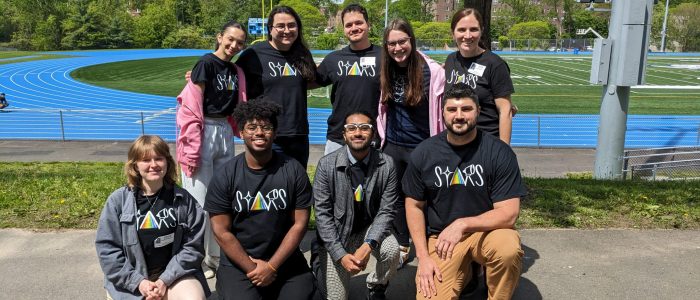
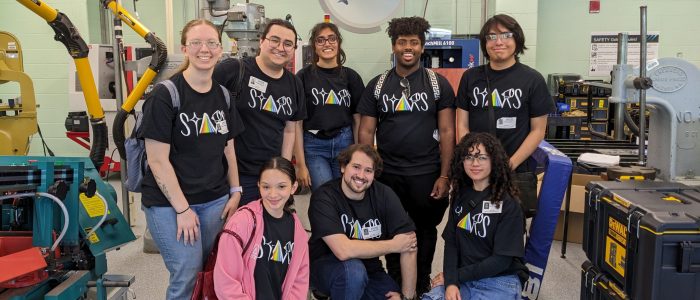
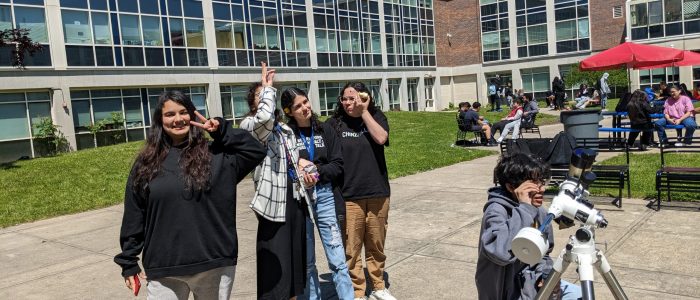
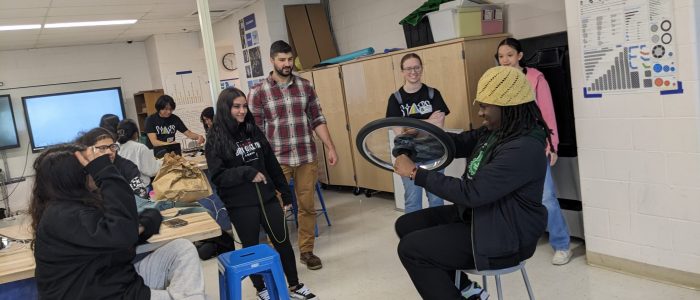
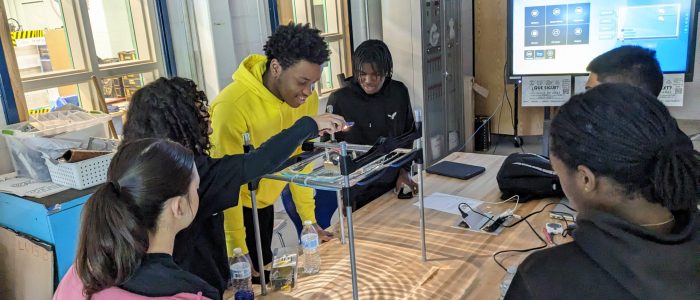
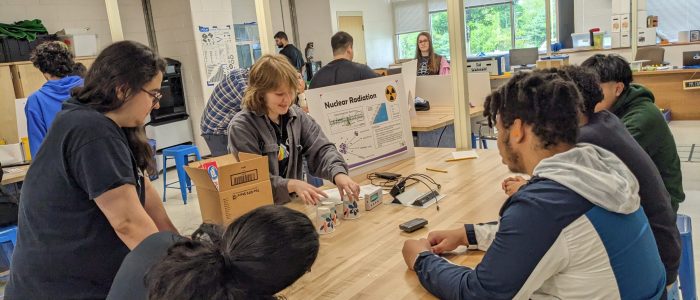

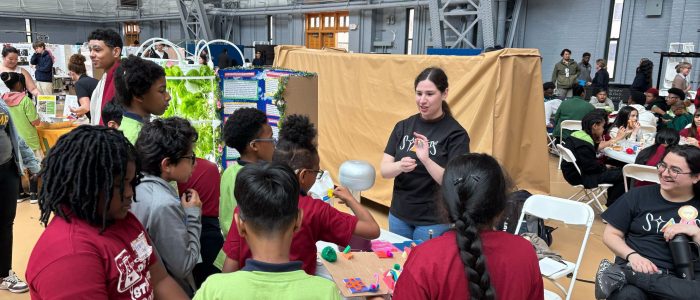
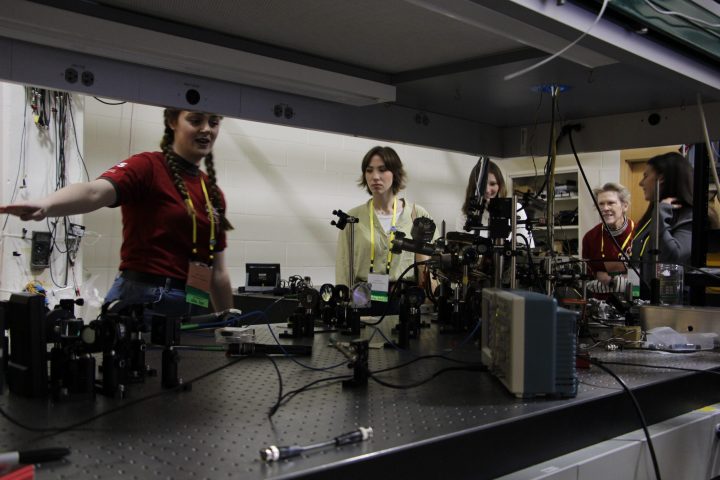
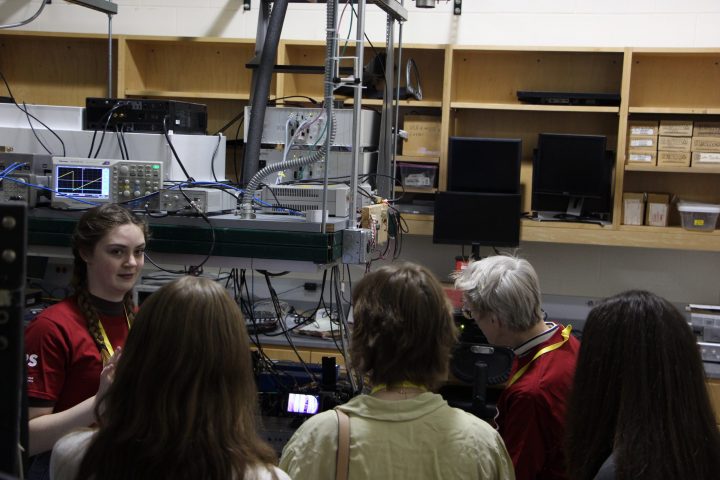
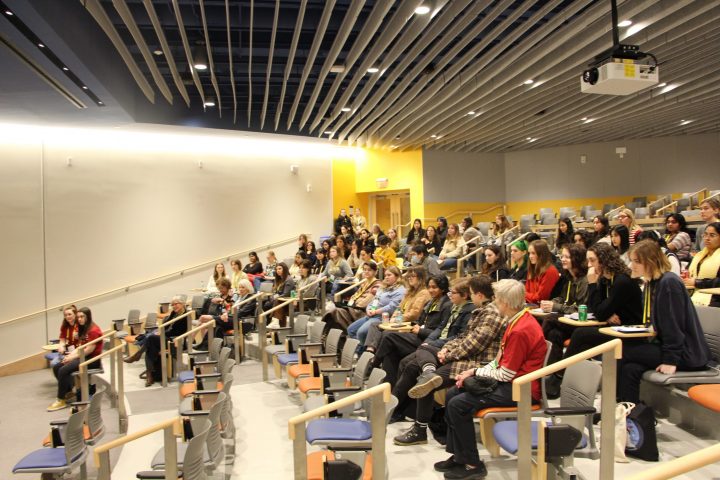
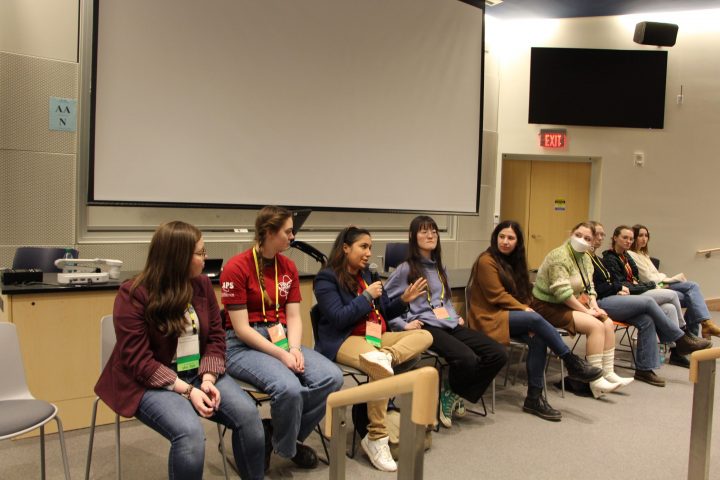
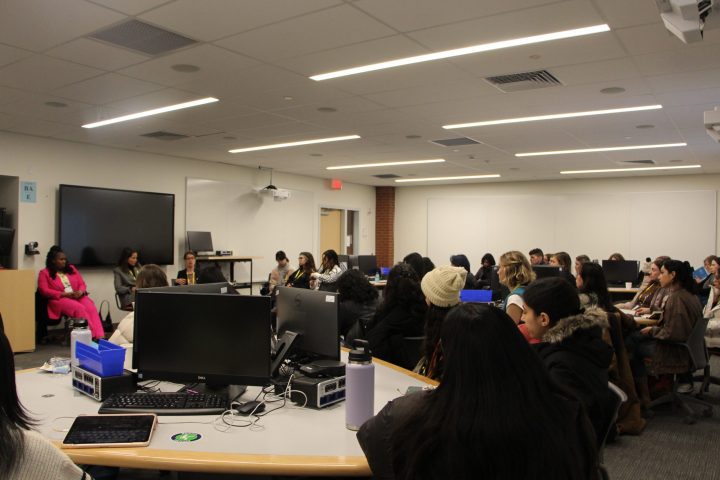
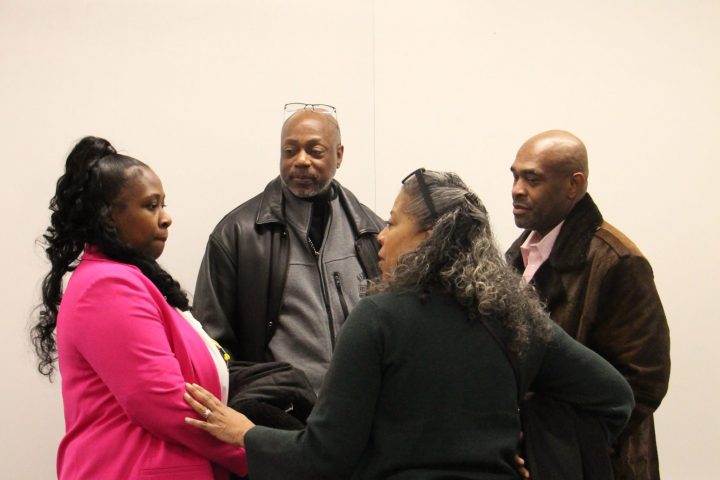
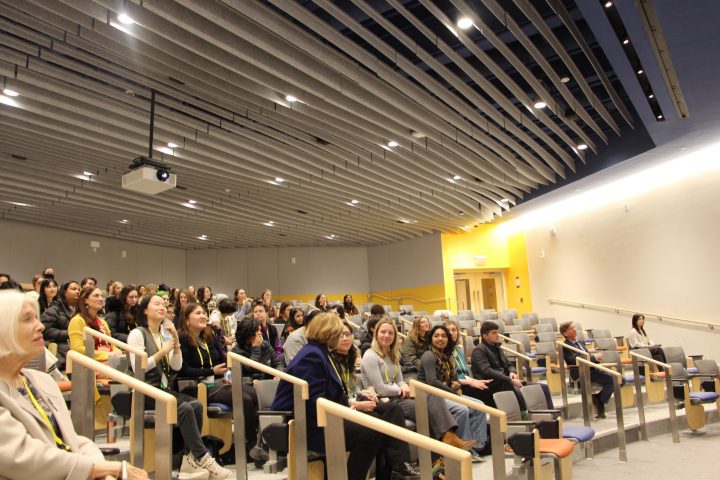
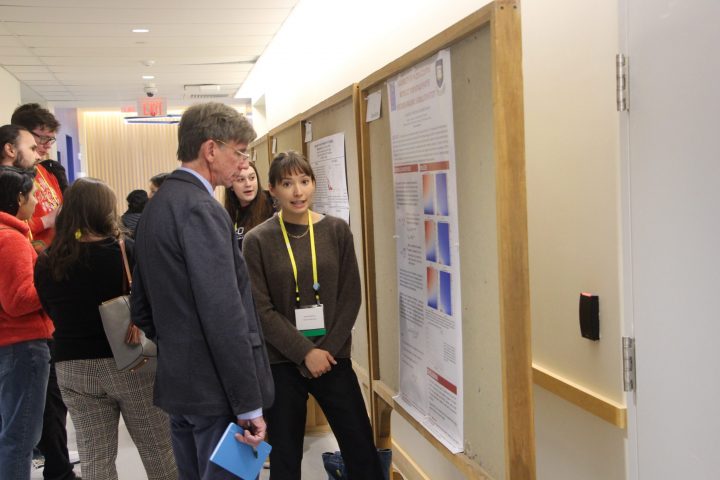
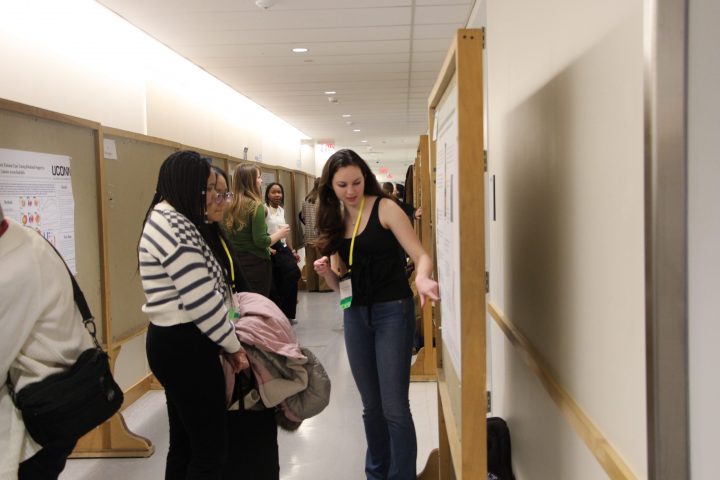
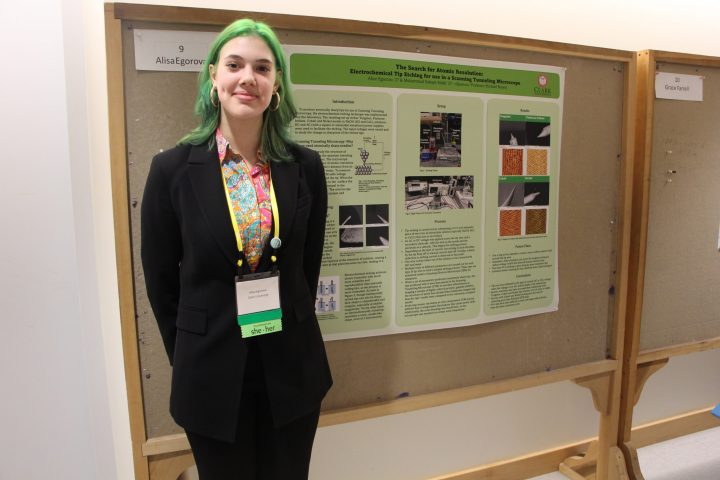
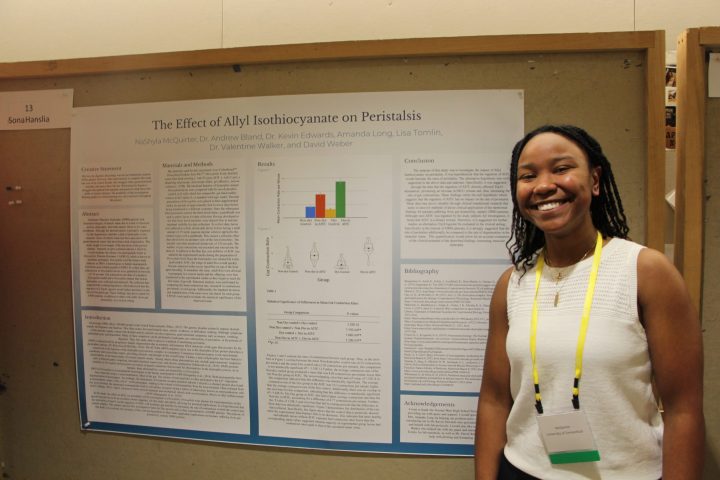
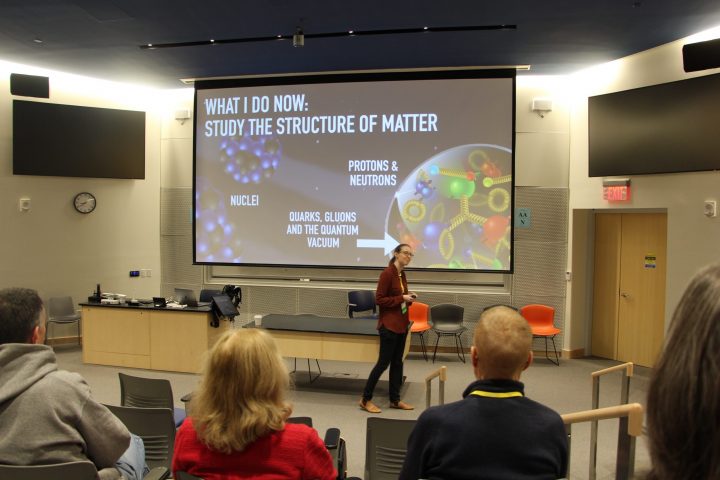
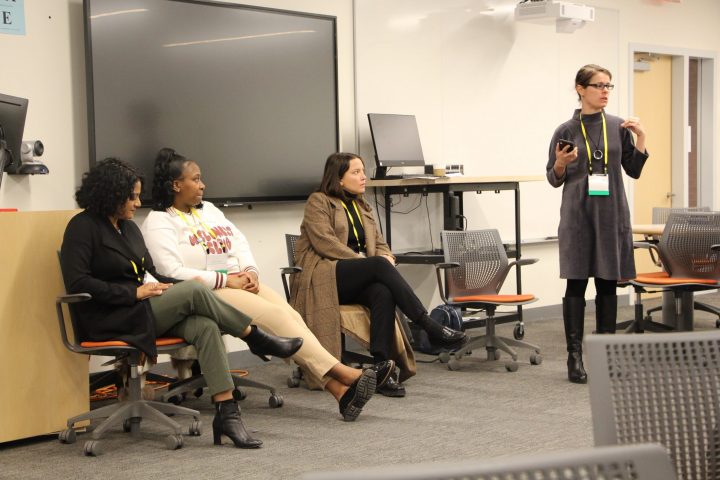
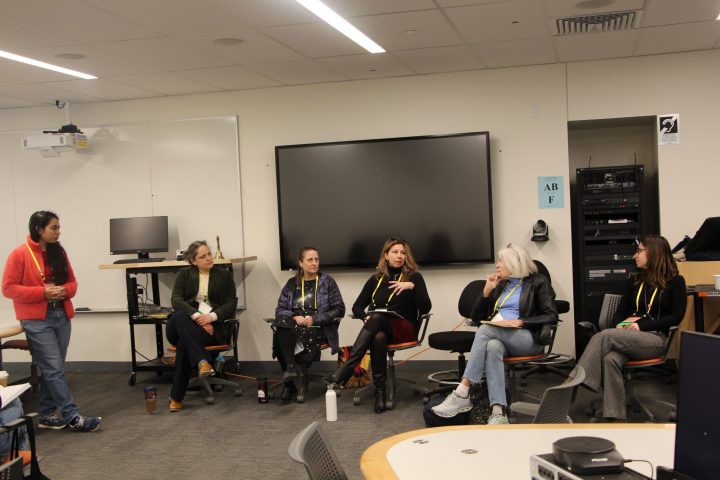
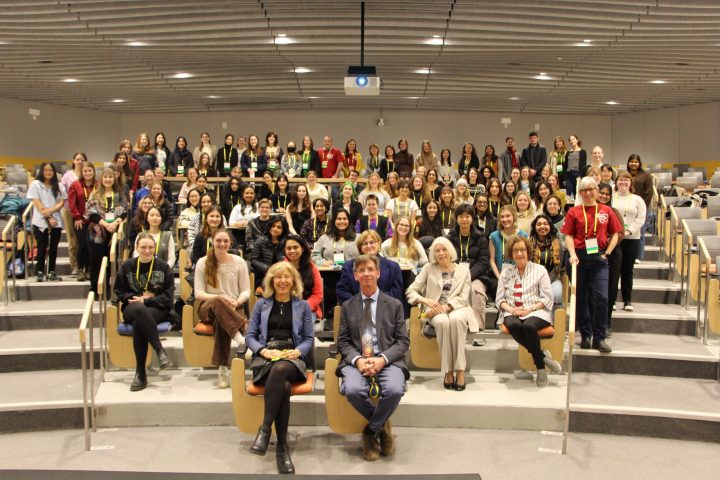
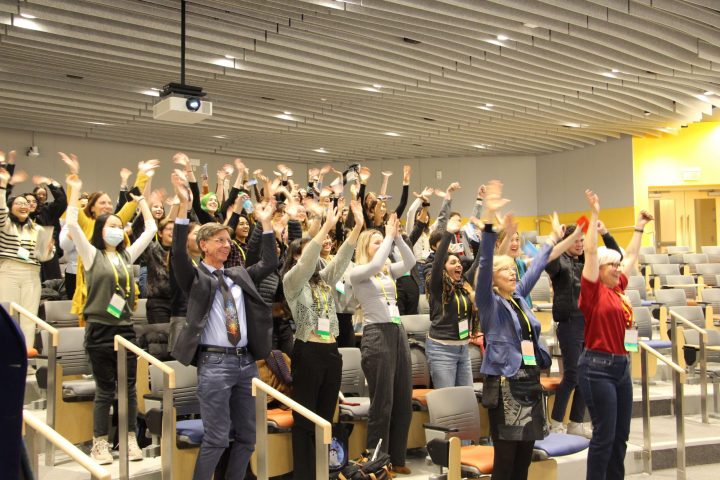
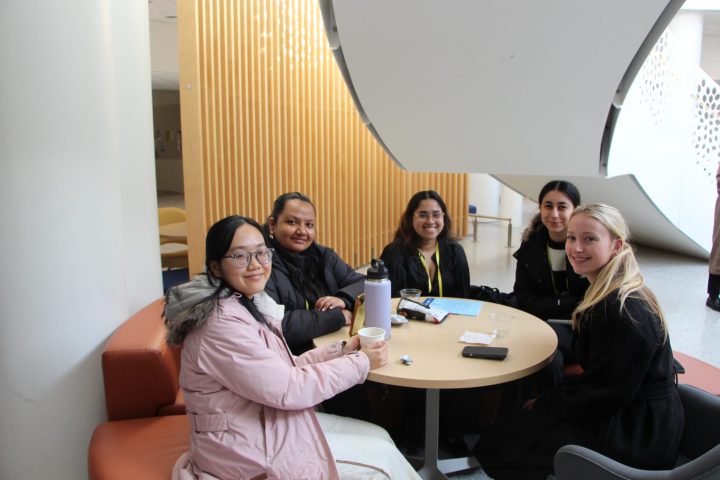
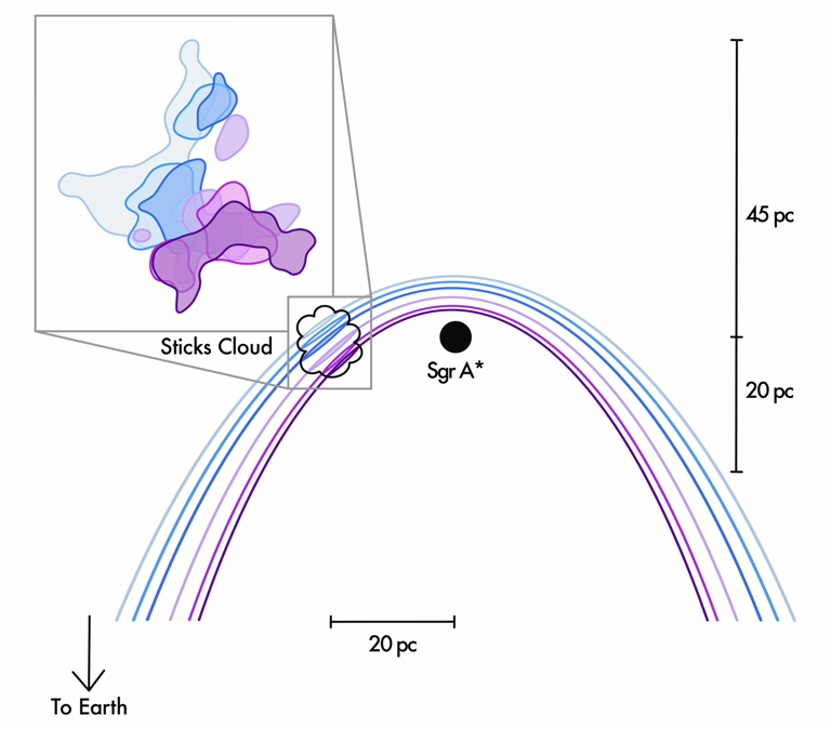
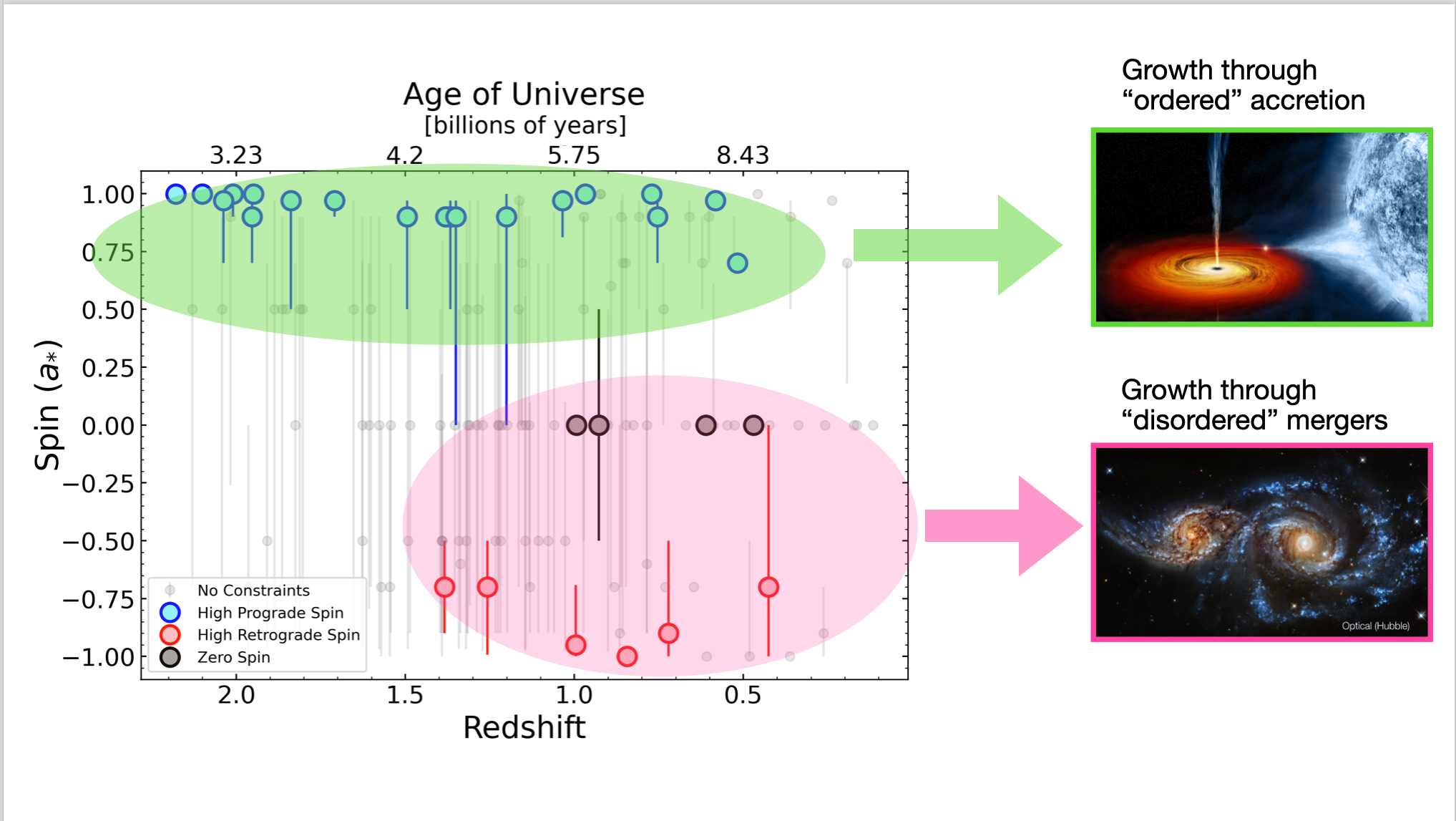
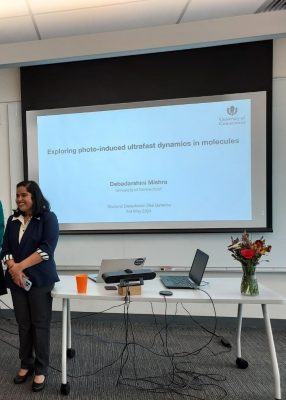 Debadarshini (Jolly) Mishra successfully defended her PhD thesis in May 2024 in Atomic, Molecular and Optical Physics. Jolly gave several presentations at national and international conferences and is the co-author of 8 publications. She is now a postdoc at Lawrence Berkeley National Lab and was hired before her thesis defense to contribute her research and learn new research techniques.
Debadarshini (Jolly) Mishra successfully defended her PhD thesis in May 2024 in Atomic, Molecular and Optical Physics. Jolly gave several presentations at national and international conferences and is the co-author of 8 publications. She is now a postdoc at Lawrence Berkeley National Lab and was hired before her thesis defense to contribute her research and learn new research techniques.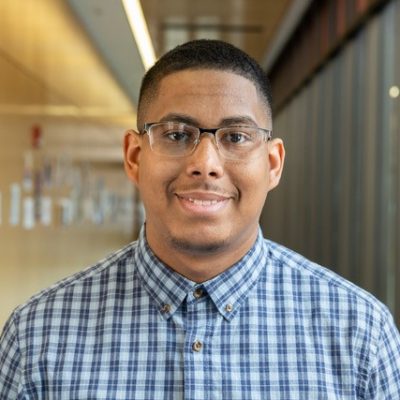 As part of his Ph.D. project, Jonathan Mercedes-Feliz has made very important contributions to our understanding of the interplay between supermassive black holes and galaxies using state-of-the-art supercomputing simulations that for the first time model the propagation and impact of powerful black hole-driven winds from the very center of galaxies all the way to the intergalactic medium. Using novel data analysis approaches, Jonathan has shown that these powerful winds can simultaneously enhance the rate of formation of stars in localized regions while dramatically suppressing the global growth of massive galaxies, explaining seemingly contradictory results from recent observations and previous theoretical models. Besides excelling in research, Jonathan is deeply committed to advancing diversity, equity, and inclusion, and he has been an invaluable mentor for undergraduate and high school students from historically excluded groups as part of the McNair Scholars program, the Center for Access and Postsecondary Success (CAPS) Summer Program, and the YSSS Jack Kent Cooke Scholars program at UConn. With his published Ph.D. work already attracting significant attention in the community, Jonathan has accepted a postdoctoral research position funded by the NASA Astrophysics Theory Program to lead the next generation of simulations modeling the co-evolution of black holes and galaxies as part of Prof. Anglés-Alcázar’s group at the University of Connecticut.
As part of his Ph.D. project, Jonathan Mercedes-Feliz has made very important contributions to our understanding of the interplay between supermassive black holes and galaxies using state-of-the-art supercomputing simulations that for the first time model the propagation and impact of powerful black hole-driven winds from the very center of galaxies all the way to the intergalactic medium. Using novel data analysis approaches, Jonathan has shown that these powerful winds can simultaneously enhance the rate of formation of stars in localized regions while dramatically suppressing the global growth of massive galaxies, explaining seemingly contradictory results from recent observations and previous theoretical models. Besides excelling in research, Jonathan is deeply committed to advancing diversity, equity, and inclusion, and he has been an invaluable mentor for undergraduate and high school students from historically excluded groups as part of the McNair Scholars program, the Center for Access and Postsecondary Success (CAPS) Summer Program, and the YSSS Jack Kent Cooke Scholars program at UConn. With his published Ph.D. work already attracting significant attention in the community, Jonathan has accepted a postdoctoral research position funded by the NASA Astrophysics Theory Program to lead the next generation of simulations modeling the co-evolution of black holes and galaxies as part of Prof. Anglés-Alcázar’s group at the University of Connecticut.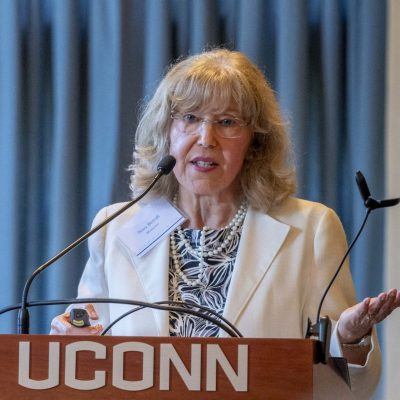
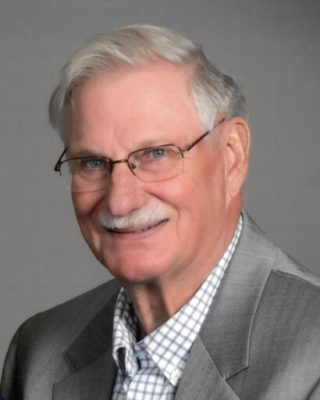 Lawrence “Larry” Kappers, passed away on Friday, August 2, 2024. Professor Lawrence (Larry) Kappers (aka “Kap”) retired in 2009, having joined the UConn Physics Department in 1973. After receiving his Ph.D. from the University of Missouri-Columbia and completing postdoctoral appointments at the University of Minnesota and Oklahoma State University, he developed an active research program in the optical and ESR spectroscopy of color-centers in inorganic insulators. Larry later became interested in the optical properties of 3d ions at high pressure and developed a diamond-anvil cell to complete the spectroscopic measurements. He was especially proud of his service to the department as director of the Perkin-Elmer Program, which led to a Masters degree in Physics with a concentration in optics, and also his involvement with the collaborative program between the physics department and the Institute for Crystal Physics in Budapest, Hungary. Larry continued his productive research contributions with a project funded by Radiation Monitoring Devices, Inc. on the luminescent properties of scintillator materials.
Lawrence “Larry” Kappers, passed away on Friday, August 2, 2024. Professor Lawrence (Larry) Kappers (aka “Kap”) retired in 2009, having joined the UConn Physics Department in 1973. After receiving his Ph.D. from the University of Missouri-Columbia and completing postdoctoral appointments at the University of Minnesota and Oklahoma State University, he developed an active research program in the optical and ESR spectroscopy of color-centers in inorganic insulators. Larry later became interested in the optical properties of 3d ions at high pressure and developed a diamond-anvil cell to complete the spectroscopic measurements. He was especially proud of his service to the department as director of the Perkin-Elmer Program, which led to a Masters degree in Physics with a concentration in optics, and also his involvement with the collaborative program between the physics department and the Institute for Crystal Physics in Budapest, Hungary. Larry continued his productive research contributions with a project funded by Radiation Monitoring Devices, Inc. on the luminescent properties of scintillator materials.